Oh Canada: The Manic GT
Happy Canada Day. We here in America Jr. will be spending the day in polite celebration, perhaps a few pages of a Margaret Atwood novel, perhaps a little Tom Cochrane, perhaps two or three fireworks set off in celebration of our continuing success in exiling all our worst citizens to the Los Angeles music industry; perhaps just a little self-reflection on life in a land where most of the population settles at the bottom, leaving huge expanses of airy nothingness above – less a country than a enormous family-sized bag of potato chips.
We build cars here in Canada. We make Hondas and Chevys and Fords and Dodges, and some of them we drive, and some of them you drive, but they’re not really Canadian cars, per se. The ideal of the Canadian car remains the Bricklin SV-1, Canada’s DeLorean. Neat car, that thing, with motorized gullwing doors and an integrated roll-cage. I seem to remember as a kid I had a Transformer that looked just like it. Well actually, considering the SV-1’s issues with acrylics, perhaps it was a Go-Bot.
Anyway, as today is a day for a celebration of all things maple-syrup flavoured, I’d like to take minute or two of your time and talk about a much less well-known Canadian-built car that is extremely interesting and very slightly crappy. It all starts with a man with the quite silly name of Jacques About, and before you ask, no, that is not pronounced “aboot”.
In fact, Jacques’ last-name is pronounced “Ah-boo”, as he was a resident of La Belle Province, a Québec Francophone born in Montreal. During the late 60s, Monsieur Ah-boo was employed by Renault to survey the Canadian marketplace with a view to importing the Alpine A110. By and large, Canadians said, “Yes, please!”, to which Renault responded with, “Ehhhh… non,” and off they went to have an affair or smoke some Gitanes or invent existentialism or what-have-you.
The 32-year old About was apparently galvanized by the report, or perhaps it would be more appropriate to say he was fibreglassed by it. Here, he thought, I have discovered an untapped market niche for a lightweight sports car, built for Canadians, by Canadians. He rented an office near Montreal, set about making a prototype, and formed L’Ecurie Manic Inc. The name comes from Québec’s Manicouagan river, not a personality disorder.
In order to drum up publicity and show at least some level of competency, L’Ecurie Manic acquired a license to build a French design of Formula C racing car, a Group d’Recherche la Automobile Competition. Fitting this somewhat wobbly machine with an Alfa-Romeo racing engine, the team dubbed their creation the Manic-GRAC, and off they went to set a lap record at St. Jovite, QC. Hey presto, instant credibility.
Investors promptly lined up to back the project: a supermarket chain, snowmobile manufacturer Bombardier, the Quebec pension fund – because nothing says “reliable, long-term investment for our hard-working citizens” like a small plastic car cobbled together with underpinnings cut out of a rather feeble French tin can.
Manic took their $1.5Million and set to work immediately, opening the doors on an enormous, 60,000 square-foot factory, which they dubbed “The Hubris”. Well, they didn’t, but they should have.
Here, in Granby Quebec, About contracted a Frenchman named Serge Soumille (who was apparently just wandering around the country because his wife was on a music tour) to put together the design. The result is is somewhere between a Lotus Europa and a Saab Sonnet, with a mixture of TVR and Triumph thrown in. Essentially, take all the least reliable cars ever made, mix together in a large bucket and serve with cheese curds and gravy.
The foundation for the Manic GT, for so it would be known, was the rear-engined Renault R8 sedan. Throwing away everything save the frame and the powertrain, Manic fibreglassed their FRP (Fibreglass Reinforced Plastic) directly on to the Renault-sourced chassis, creating an ultra-lightweight, ultra-low sportscar.
Powered by one of three reliable Renault engines (No, really. They were. By the standards of the time. Stop laughing!), the 1450lb Manic stood forty-five inches high and had a super-short eighty-nine inch wheelbase; you could swing the thing around in thirty feet. All four corners were equipped with disc brakes, and you could choose a 65, 80, or 105hp version, all with the same 1.3L mill in different stages of tune.
The hundred and five horsepower mega-powerplant (again, stop laughing) could theoretically propel the Manic GT to 135mph which is, in a plastic car with the structural integrity of a Kinder Surprise egg, utterly insane. Said figure might also be a bit of a fib, as it was lifted directly from the sales brochure, and hardly any cars were built with the optional five-speed transmission necessary for such a performance – most were four on the floor.
In 1969, the Manic was shown off to the public at the Montreal auto show, and the response was fairly positive. While for the same money punters could have either a Mustang or Camaro, the zippy little coupe that weighed next-to-nothing boasted solid performance, excellent fuel economy and a chance to stand out in the crowd – possibly because of a horribly disfiguring low-speed accident, but still.
Orders were placed, factory workers filed in to take up their tools and get to work. They waited eagerly for parts to start arriving from France. And waited. And waited.
To the French, the Francophone Canadian accent is akin to Cleetus the Slack-Jawed Yokel attempting a fist-bump with Her Royal Majesty Elizabeth II. Parisians especially can be insufferably snooty about it, and one imagines that some of this looking-down-noses at the provincial colonials was part of Renault’s total indifference to supplying M. About and co with the essential parts they needed to get going. The R8 and R10 sedans were both being phased out anyway, who cared about some scrappy little Canadian tinker-toy?
Without the parts to assemble the machines, the factory’s output slowed to a crawl. Just 160 cars were built in total, with Manic desperately turning to local dealerships as well as far-flung depots in the US and Mexico to try and boost production. Nothing worked and finally, in May 1970, the doors shut and the vultures stopped circling and landed, feasting on the corpse.
As mentioned, the Manic GT’s FRP body was fibreglassed directly onto the Renault unibody, rather than being bolted on. Doubtless this aided with either rigidity or speed of assembly, but when the French components rusted out after aboot four or five Canadian winters, restoration became a bit of an issue: trying to repair a rusty frame wrapped in fibreglass is like trying to replace the paper stick in a lollipop without breaking the hard candy.
So few made and such a nightmare to renovate – hardly a surprise that these funny little cars are as rare as a Kermode bear. And yet, there’s something special about them: a machine with deep French roots, designed and built entirely in Canada.
Today, we salute you, Manic GT, with all your foibles and quirks. You’re part of our heritage, part of our cultural mosaic, a wonky champion of the Canadian North. Would I ever aspire to own one? Oh take off, ya hoser.
More by Brendan McAleer
Latest Car Reviews
Read moreLatest Product Reviews
Read moreRecent Comments
- SCE to AUX Norway is in Europe, and Tesla is an American automaker - no problems there.I wouldn't use Ford as the bellwether.https://www.reuters.com/business/autos-transportation/tesla-extends-lead-norway-evs-take-record-82-market-share-2024-01-02/https://elbil.no/english/norwegian-ev-policy/
- Steve Biro If the U.S. government wants to talk about banning all connected cars - or at least the collection and sharing of information from said vehicles - I’m all ears. Otherwise, don’t waste my time.
- Ajla Both parties are in favor of banning Chinese vehicles so I don't see how it won't happen in the next year.
- Add Lightness I don't waste a lot of time watching nothing much happening by watching the YouTube 6 minute highlights.
- MrIcky from my rental fleet experience, id rather drive one of these than a camry.



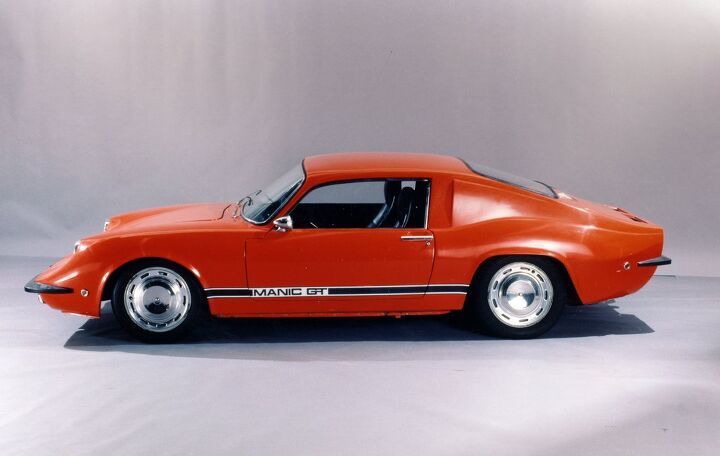















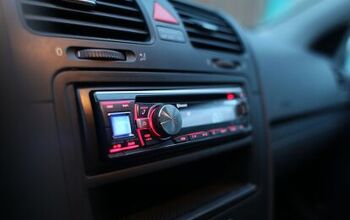



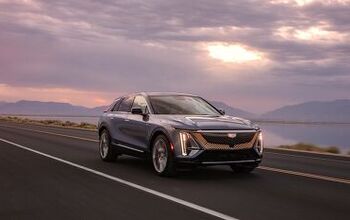
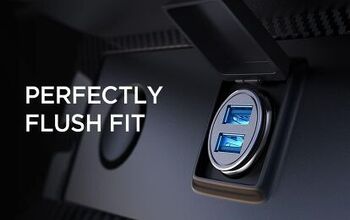
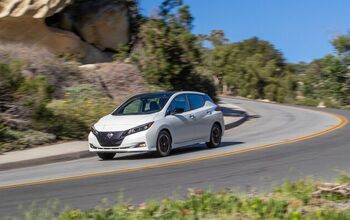
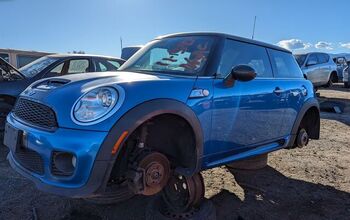
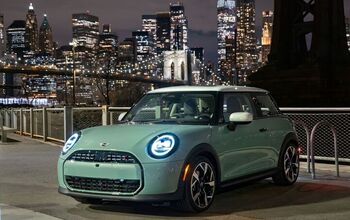
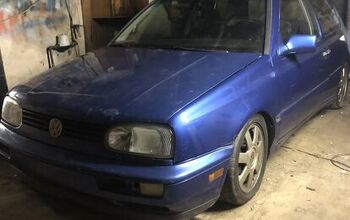
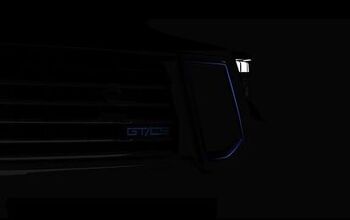
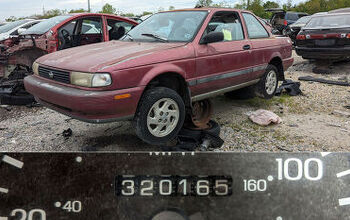
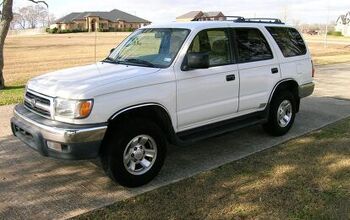
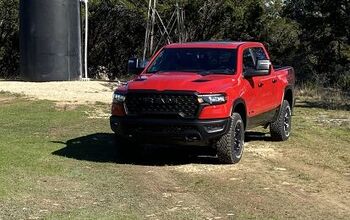
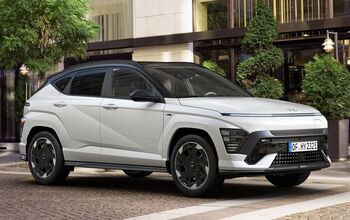



Comments
Join the conversation
The French made up for it yesterday at Pikes peak. The record being shattered by a minute and a half by a French man in a French sub compact hatchback :-)
It looks a little Porsche 904esque. But just a little. ;-)